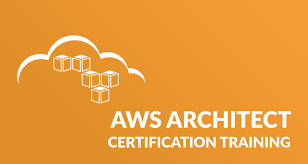AWS Certification Training Course for Solutions Architect
Wisdom Educations AWS training and certification is the first AWS course that is validated and certified by NASSCOM FutureSkills and aligns with industry standards. This AWS certification includes the latest changes in SAA-C02 as well as covers the concepts of SAA-C01. It will make you master skills such as AWS cloud, IAM, Lambda, Redshift, EC2, S3, CloudTrail, Global Accelerator, FSx, and more. You will work with various tools of the AWS cloud platform and create highly scalable, highly available, and fault-tolerant SaaS applications. Learn from top-rated AWS-certified mentors to become an AWS Certified Solutions Architect.
10k + Satisfied learners Live Classes

